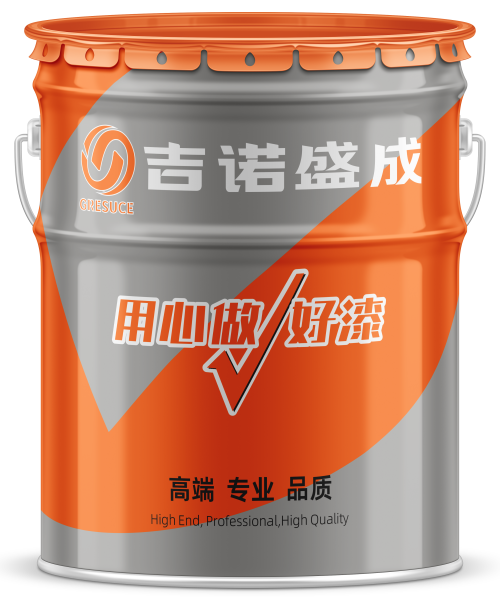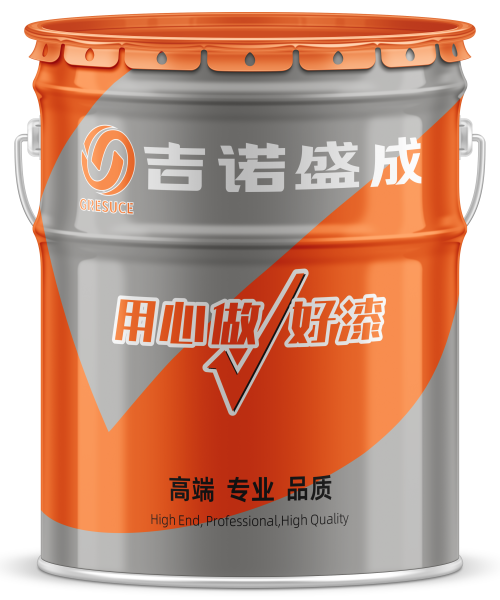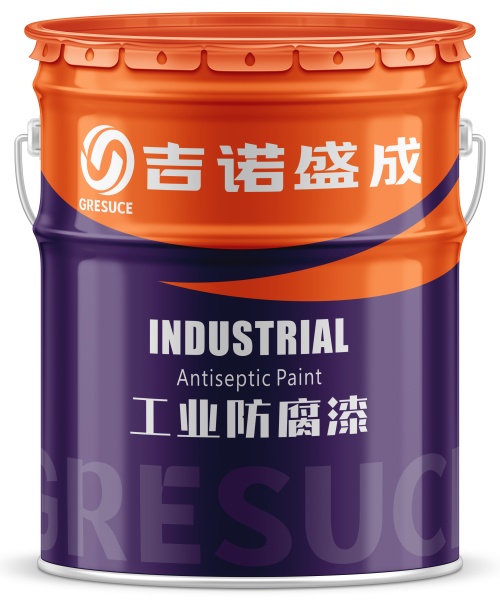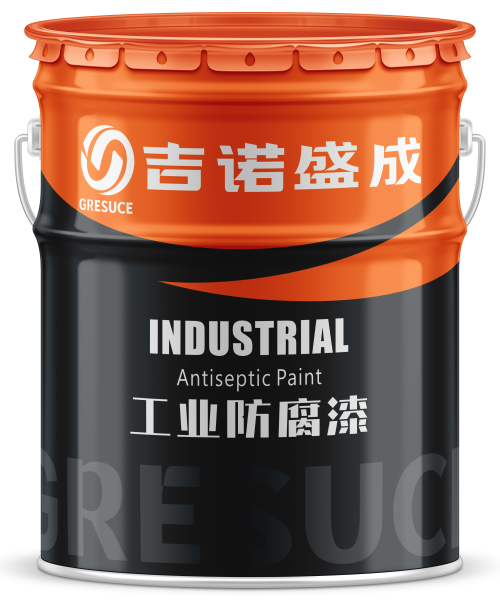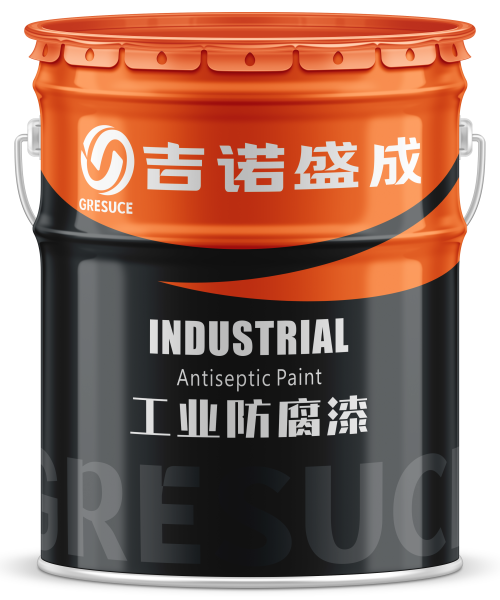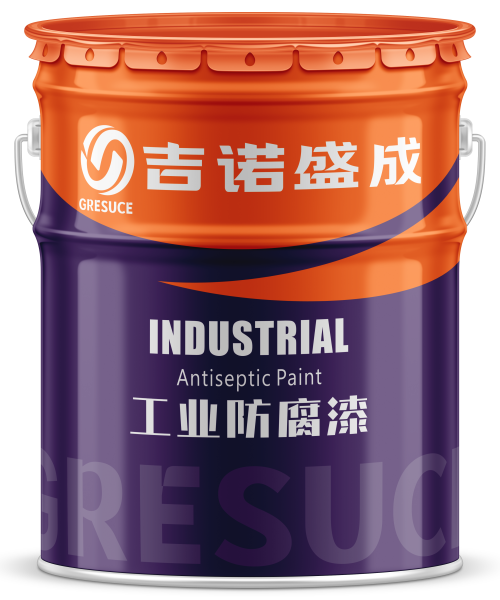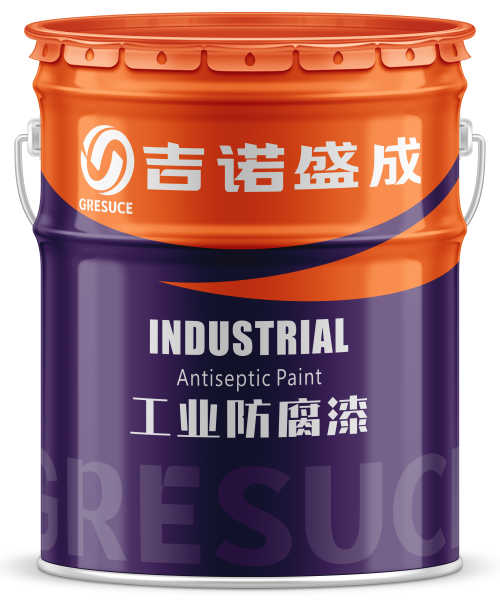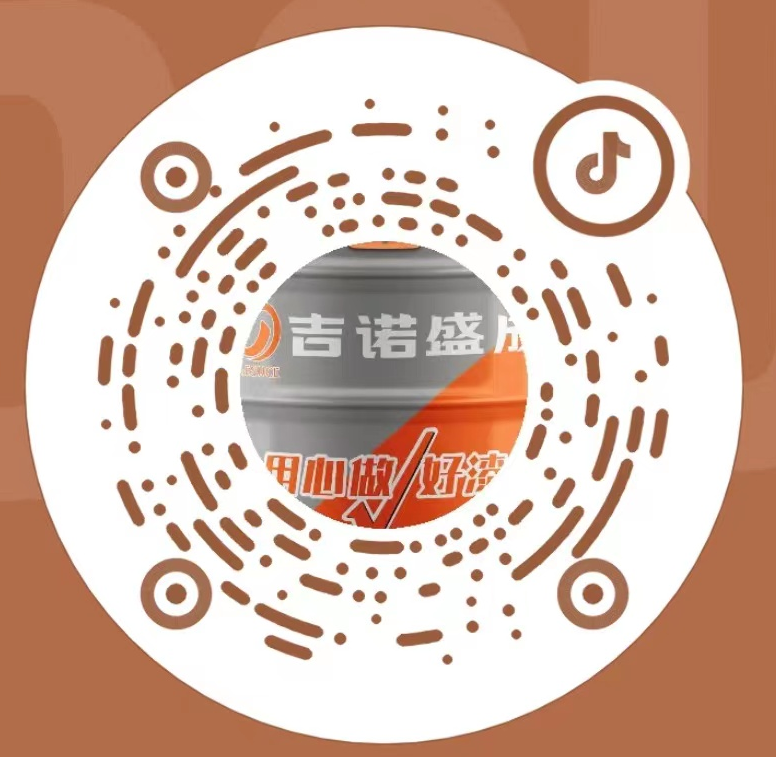Guidelines for Surface Treatment of Steel Structures
1. Guidelines for Surface Treatment of Steel Structures
During steel processing, storage, and transportation, surfaces often develop rust, welding slag, oil stains, and mechanical contaminants. These impurities must be removed to enhance the rust and corrosion resistance of the coating and to create appropriate surface roughness and anchoring points on the steel structure. The main objects requiring treatment include:Mill scale、Rust、Soluble salts、Zinc salts、Grease、oil、Welding fumes、Various markings、Old coatings and Dust etc.
2. Environmental Requirements for Steel Structure Surface Treatment
· Environmental Conditions: Surface preparation and coating application can be performed indoors or outdoors.
· Humidity Control: When the relative humidity exceeds 85%, moisture in the air can condense on the substrate surface, affecting the adhesion of the coating. Therefore, the relative humidity during coating application should be less than 85%, or the steel plate temperature should be at least 3°C above the dew point. Humidity can be measured using a dry-wet bulb thermometer or a steel plate thermometer and dew point calculator.
· Lighting Requirements: Adequate lighting is necessary for surface preparation. If natural light is insufficient, supplementary lighting should be used, with an illumination level between 70–150 lux.
· Ventilation Requirements: Ensure good ventilation for indoor surface treatment.
· Weather Restrictions: Outdoor surface treatment should not be conducted during precipitation, such as rain, snow, or fog.
3. Surface Treatment Process for Coating Application
1. Treatment Methods: The surface of steel structures should be treated using shot blasting or sandblasting.
2. Shot Blasting: Use a shot blasting machine with four or more blast wheels. Ensure the blast wheel current and conveyor speed are operating normally.Use a 6:4 mixture of S280 steel shot and G25 steel grit as the abrasive, and regularly replenish with fresh mixed abrasive.
3. Sandblasting:Use sandblasting equipment equipped with a moisture separator. Maintain an air pressure of 100–200 kPa and regularly drain moisture from the separator.
4. Steel Plate Requirements: The steel plates on the surface of the steel structure must meet the Grade A standard specified in ISO 8501
5. Abrasive Inspection: Before shot blasting or sandblasting, thoroughly inspect the abrasive to ensure its pH value, salt content, oil content, moisture, and hardness meet the requirements.
6. Contaminant Removal: Before shot blasting or sandblasting, remove contaminants such as mill scale, welding slag, welding spatter, dust, burrs, oil stains, and salts from the steel surface. The surface salt content should be below 10 μg/cm².
7. Sandblasting Angle: During sandblasting, the nozzle of the sandblasting gun should be at a 70° angle to the surface being treated to achieve optimal rust removal.
8. Surface Cleanliness: After shot blasting or sandblasting, the surface should meet the Sa2.5 standard specified in ISO 8501-1. The surface roughness should be between 40–70 μm, and the surface density should be no less than 90%
9. Dust Removal: After sandblasting, use clean compressed air to thoroughly remove dust, achieving Class 3 or higher as specified in ISO 8502-3.
10. Dust Removal: After sandblasting, use clean compressed air to thoroughly remove dust, achieving Class 3 or higher as specified in ISO 8502-3.
Related Testing and Inspection Methods
1. Abrasive Inspection:Abrasives must remain clean and dry, as contaminants can transfer from the abrasive to the substrate, causing contamination.Inspection items include:pH value testing.Conductivity testing for water-soluble salts.Oil and grease inspection.Moisture measurement
2. Oil Removal Quality Check:Evaluate the cleanliness of oil removal through testing. Specific methods can be found in the relevant surface treatment section.
3. Humidity and Dew Point Measurement:Use a dry-wet bulb thermometer to measure relative humidity. The procedure is as follows:Fill the water reservoir of the wet bulb thermometer with water and ensure the bulb is fully saturated.Shake the thermometer for 30 seconds and then read the temperature.For dew point measurement, use a surface thermometer and a dew point calculator. Determine the dew point temperature based on the dry and wet bulb temperatures, and ensure the surface temperature is at least 3°C above the dew point for sandblasting or coating application.
Coating Application Process Guide
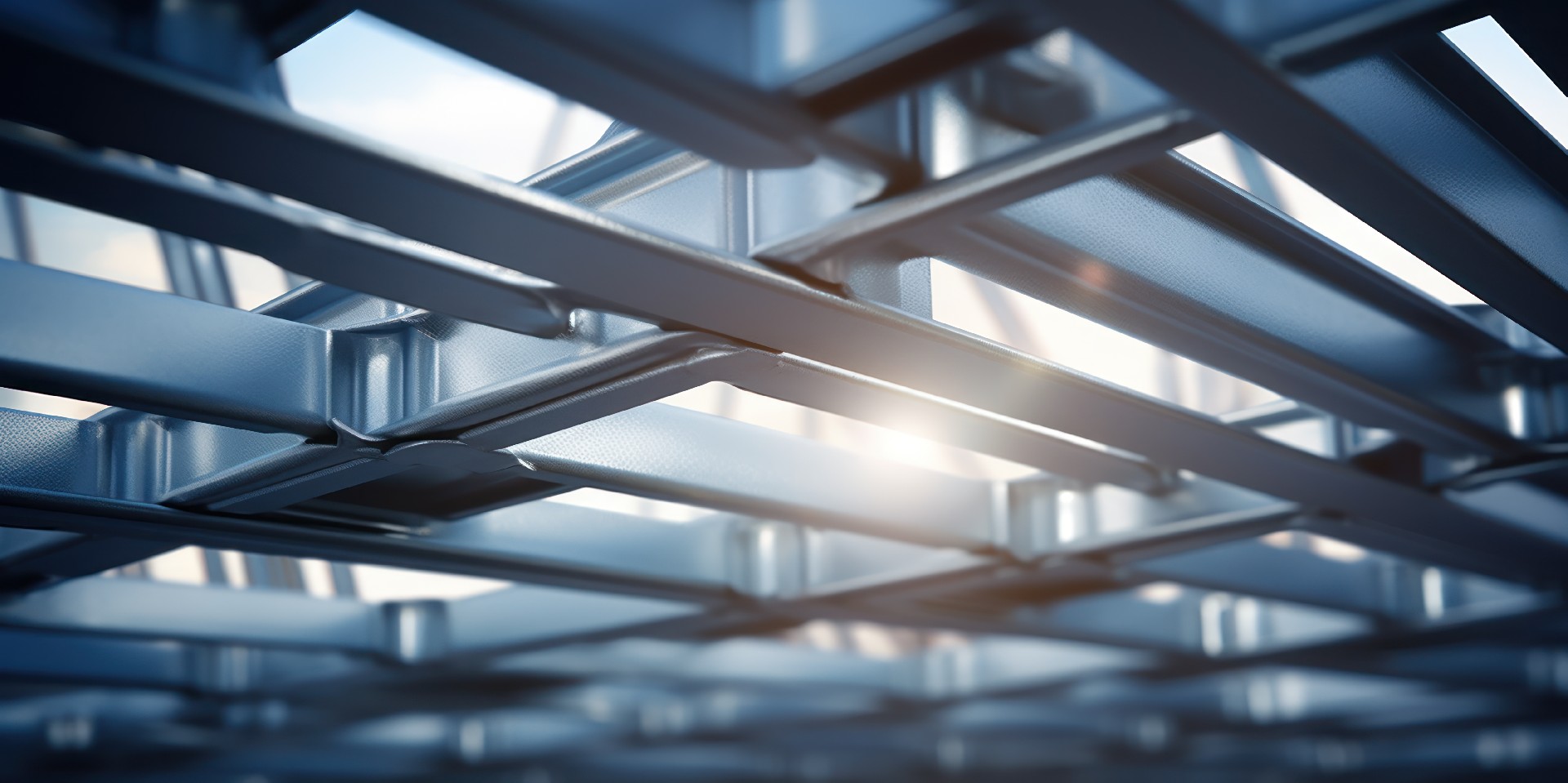
Environmental Conditions for Coating Application
1. Construction Environment: Coating application can be carried out indoors or outdoors.
2. Humidity Requirements: The relative humidity during coating application should be less than 85%, or the steel plate temperature should be at least 3°C above the dew point.
3. Temperature Control: To ensure the smoothness and evenness of the coating, the ambient temperature during application should be between 10°C and 65°C.
4. Wind Speed Limit: To minimize paint loss due to excessive wind, the wind speed during application should be less than 5 m/s.
5. Lighting Conditions: Adequate lighting is required during application. If natural light is insufficient, supplementary lighting should be used to inspect substrate preparation and coating conditions. Refer to relevant standards for illumination requirements.
6. Ventilation Conditions: Ensure proper ventilation when performing substrate preparation and coating application indoors.
7. Environmental Cleanup: Areas that may contaminate the coating, such as scaffolding and walkways after sandblasting, should be thoroughly cleaned before application.
8. Weather Restrictions: Coating should not be applied during precipitation (e.g., rain, snow, fog).
9. Low-Temperature Application: Conventional epoxy coatings cure slowly below 10°C. If the ambient temperature is below 10°C, winter-grade epoxy coatings should be used.
Coating Application Process
1. Stirring the Paint: Thoroughly stir the paint. For two-component paints, stir the main component first.
2. Mixing Two-Component Paints: While stirring, add the curing agent (or initiator) to the main component according to the specified mixing ratio and mix thoroughly.
3. Adding Thinner: Add 5%–10% (by weight) of the compatible thinner based on on-site conditions and stir well.
4. Measuring Viscosity: Use an Iwata cup and stopwatch or other viscosity measurement tools to check the paint viscosity. Adjust the thinner ratio if the viscosity does not meet requirements.
5. Letting the Paint Rest: Allow the thoroughly mixed paint to rest for 5 minutes before use.
6. Temporary Protection: Do not apply paint within 150 mm of areas to be welded during assembly, but provide temporary protection.
7. Pre-Coating Treatment: Before large-scale application, pre-coat hard-to-reach areas and weld seams with a brush.
8. Brush Selection: Use different sizes of stiff bristle brushes (e.g., hog bristle) for pre-coating, and adjust the thinning ratio appropriately.
9. Application Methods: Coating can be applied by brushing, rolling, air spraying, or airless spraying. High-pressure airless spraying is recommended, using GRACO 163-417 to 163-421 nozzles or equivalent. Do not mix nozzles for primer and topcoat.
10. High-Pressure Pump: Use a high-pressure pump with a 45:1 pressure ratio, with inlet pressure controlled at 0.3–0.5 MPa.
11. Measuring Thickness: Continuously measure wet film thickness during application to ensure the desired dry film thickness.
12. Pot Life: Mixed paint must be used within its pot life. Paint beyond its pot life should not be used.
13. Equipment Cleaning: After spraying, clean the nozzle, spray pump, and pipes with thinner, and soak the nozzle in thinner.
14. Recoat Interval: Apply the next coat after the minimum recoating interval specified in the paint instructions.
15. Surface Cleaning: Before Recoating: Clean the coated surface before recoating to ensure it is free of contaminants.



